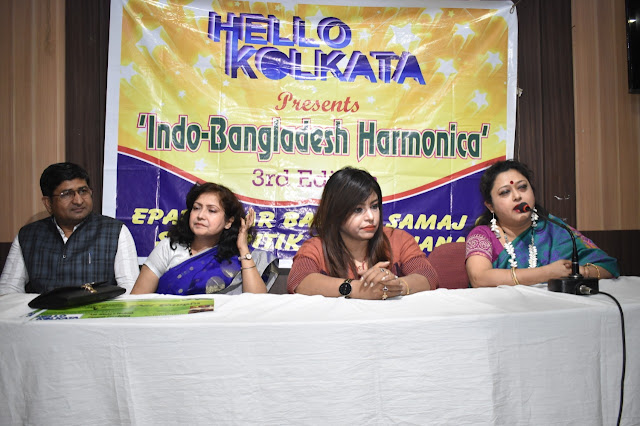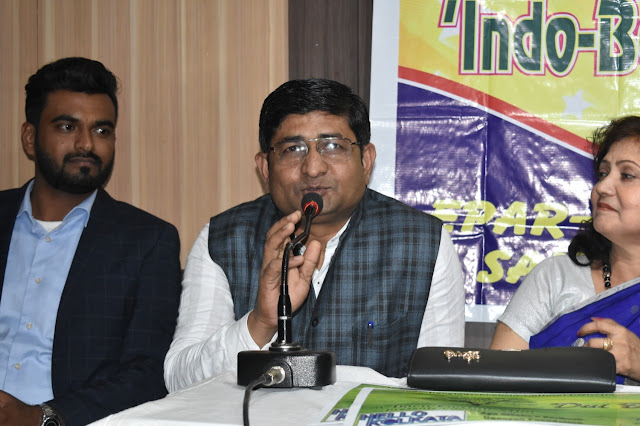Prime Minister’s Ujjwala Yojana (PMUY) was launched by Narendra Modi on 1 May 2016. It is an initiative by the Prime Minister to distribute 50 million LPG connections to women and their families who lie below the poverty level.
A study by the World Health Organization (WHO) reports that around 4.3 million people die around the world due to extended smoke inhalation from home made earth stoves fueled by dried cow dung, firewood fueled by kerosene or coal. It is no secret that even as a strong and upcoming economy, a large majority of India’s population are still impoverished. In 2019 we find ourself in as situation that’s both contradictory and shocking. In one side a majority of Indians own and carry smartphones, but on the other side many of the women in the villages and urban ghettos on average spend 4 hours a day in kitchens with earth stoves that create smoke that’s equivalent to smoking 400 cigarettes in an hour. To put that into perspective, in India more people die because of smoke inhalation than AIDS, malaria, and tuberculosis, combined.
Irregardless of politics and policies the scheme, Ujjwala Yojana directly addresses the problem of localized air pollution. It is designed with the welfare of the women and their families in mind. The PMUY will not just affect families and women, but it will have large scale implications for both village communities and also the urban population. We have to understand smoke and pollution created in a small village 50 kms away DOES EFFECT US, AS WE BREATHE THE SAME AIR.
Use of forest wood and agriculture waste for cooking in rural households is a major source of respiratory diseases, in these communities. LPG supply will ensure a reduction of these pollutants thus improving the respiratory health of these women and their families. The Prime Minister’s Ujjwala Yojana’s effect is not just restricted to the energy sector, but has direct and far reaching implications on social, economic, and environmental sectors.
In order to be eligible to get the benefits of the Ujjwala Yojana, applicants will have to meet the following criteria:-
• Must be a woman above the age of 18.
• Must be citizen of India.
• Should belong to a household, under BPL (Below Poverty Line). How one can apply to become a beneficiary of the Ujjwala Scheme?
• The eligible women candidates from BPL families can apply for the scheme by filling up the Ujjwala Yojana Form.
• KYC application form (in prescribed format).
• The interested candidates require to fill the 2 page application form and attach required documents along with the form.
How many LPG connections have been provided under the Ujjwala Scheme to BPL families?
It was targeted that the Scheme will reach to the 80 Millions households within the first 100 days of Modi Government while, so far, about 7.4 crore such connections have been provided. The target is to reach 8 crore connections by 2020.
The Ujjwala Scheme, is highly been appreciated by the International Energy Agency (IEA), which said it is a "major achievement" in improving the environment and health for women in India”.
"Providing access to LPG across India by 2020 is a major achievement goal. It is not an energy issue, it is an economic issue, it is a social issue," IEA Executive Director Fatih Birol said.
Ujjwala Yojana makes on-ground impact in West Bengal; affordability remains key concern - a CEEW study:
"In 2018, 55 per cent of West Bengal’s rural households used Liquified Petroleum Gas (LPG) as the primary cooking fuel, up from 15 per cent in 2015, according to the Council on Energy, Environment and Water (CEEW), which recently published its findings from the second round of India’s largest multidimensional energy access survey. The proportion of rural households using LPG as exclusive cooking fuel also increased from eight per cent in 2015 to 40 per cent in 2018. Using LPG for cooking reduces the health risks due to indoor air pollution caused by using traditional fuels such as, biomass, dung cakes, and agri-residue. The PM’s Ujjwala Yojana (PMUY) played an important role improving energy access in West Bengal."
Indeed, the benefit under Ujjwala Yojana is high in West Bengal. A total of 78.47 lakh poor families have received free LPG connections under the scheme in this state which is second highest after Uttar Pradesh.
In 2018, 55% of Bengal's rural households used LPG as the primary cooking fuel, up from 15% in 2015, -this is according to the Council on Energy, Environment and Water (CEEW). So it is absolutely key that we maintain this grown and ensure broader adoption by the people of Bengal, which would ultimately be translated in to a healthy, clean and pollution free environment for all of us.
It is unfortunate that rather than using this Scheme to improve all of our lives, certain groups of short-sighted, narrow-minded and selfish people are more interested in political gains. These individuals are more interested in either their own or their parties’ gain from these initiative than looking at the bigger picture of creating a holistic improvement for the community and the country. Any initiative can be successful, so long there is support from the people. There has never been a higher need for spreading awareness than now. We should think of alternative ways of reaching out to the masses, rather than putting a print on the papers and calling it a day. We have and opportunity here to leverage both digital, and traditional analog means to reach out to the people. We should spread the truth and the facts, we should empathize, and stop the people who use poverty as a weapon to spread false propaganda. These so called “elected government personnel” spend millions of taxpayer’s money on page-wide news print photos of themselves basking in their own narrow minded glories. These same “well-wishers” only turn up to your house before voting season requesting or at times threatening you for your vote, promising things that they never intend to fulfill. This has to stop, and it should right now. We have to take an initiative as a citizen of this country to stand up to these unscrupulous people, together as we are as strong as our weakest link.
Abhishek Jain, Senior Programme Lead, CEEW and the lead author of the study, said, “The ACCESS study provides a nuanced understanding of the evolution of energy access in rural West Bengal. The question is with the issues of reliability, quality and affordability. In the districts like Nadia and Puruliya where households experienced five days of 24-hour blackouts in a month, it is imperative for the District Commissioners to identify areas afflicted by poor maintenance and improve efforts by assigning manpower in these areas.”
It is also added, “While access to LPG connections and its use as the primary fuel for cooking has improved significantly in West Bengal in the last three years, the LPG distribution network needs to be strengthened further to achieve the envisaged goal of home delivery for all households. Affordability of LPG also needs to be addressed through targeted subsidies, considering it is a concern highlighted by 97% of the households that did not have an LPG connection.”
West Bengal witnessed a marked improvement in rural LPG connections, which increased from 22% in 2015 to 68% in 2018. Also, the proportion of rural households using LPG in West Bengal that had LPG delivered to their doorsteps increased from 61% in 2015 to 79% in 2018. Households that did not get home deliveries travelled the median one-way distance of two kilometres to procure LPG, marginally lower than three kilometres in 2015.
Of the households that did not have an LPG connection, 85% expressed interest in getting one, according to The Council’s study. The Council’s study also found that about 51% of rural households that received a LPG connection in the last two years, received it under the PMUY.
The Council’s study covered the districts of Darjeeling, Maldah, Nadia, North TwentyFour Parganas, Paschim Mednipur, and Puruliya in West Bengal.










